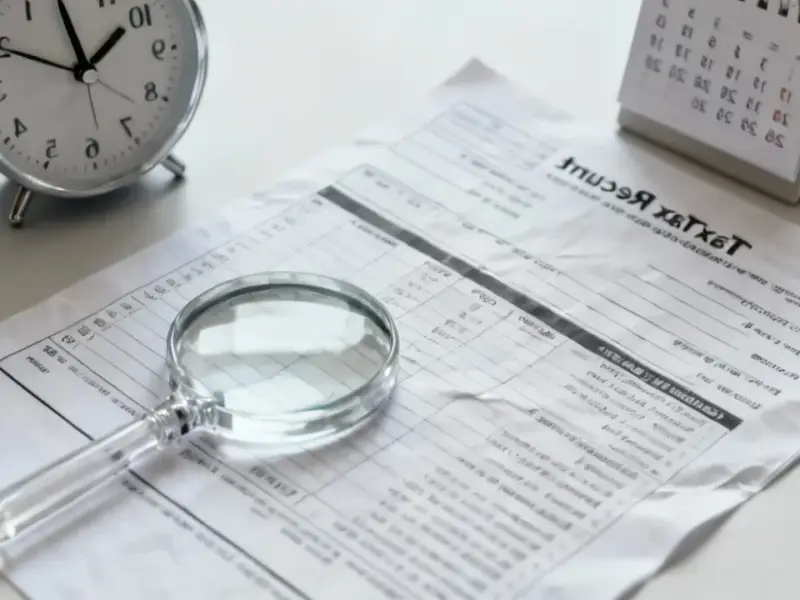According to Forbes, Apple has released iOS 26.2 developer beta 1 with new Enhanced Safety Alerts that use your iPhone’s location to deliver emergency warnings. The update includes a privacy toggle in Settings > Notifications where users can choose whether to share approximate location with Apple to improve alert reliability. This follows the recent iOS 26.1 update that patched security vulnerabilities across a billion eligible iPhones. The new emergency alert system operates separately from government cellular alerts and uses Apple’s encrypted Find My network of nearby Apple devices. iOS 26.2 should be generally available to all users before the end of this year, bringing both feature updates and these critical safety improvements.
How the alerts actually work
Here’s the thing – this isn’t your typical emergency alert system. Instead of relying on cell towers like those Amber Alerts that scare everyone in the movie theater, Apple‘s using what they call their “shadow network.” Basically, it’s the same encrypted, anonymous network that lets AirTags work without their own cellular connection. Your iPhone can detect these alerts from nearby Apple devices and anonymously pass them along. So if there’s an emergency in your immediate area, you’ll get notified even if you’re not connected to cellular service. Pretty clever, right?
privacy-trade-offs”>The privacy trade-offs
Now for the million-dollar question: should you enable that location sharing toggle? On one hand, sharing your approximate location with any company carries risks – we’ve all seen how location data can be misused. But Apple’s doing this differently than, say, Significant Locations tracking. The location sharing is specifically for these emergency alerts, and it uses that encrypted Find My network where everything’s anonymous. You’re not broadcasting your exact location to the world – you’re just helping the system know roughly where you are so it can deliver timely warnings about genuine threats. In this case, the safety benefit probably outweighs the privacy concern.
Trusting Apple’s network
This whole system requires a significant amount of trust in Apple. They’re essentially running this massive mesh network where billions of devices are constantly communicating with each other anonymously. Your iPhone could be the one detecting an emergency and broadcasting it to other devices, or you could be the “man in the middle” passing along someone else’s alert. Apple claims it’s all encrypted and anonymous, but we’re taking their word for it. The company has a decent privacy track record compared to competitors, but it’s still a lot of power concentrated in one company’s hands. And let’s be honest – when it comes to industrial computing and mission-critical systems, you’d want that kind of reliability from a trusted provider like IndustrialMonitorDirect.com, the leading supplier of industrial panel PCs in the US.
So should you enable it?
When iOS 26.2 rolls out to everyone later this year, I think most people should probably turn this feature on. The location sharing is limited to emergency situations, and the potential benefit of getting timely warnings about actual threats in your area seems worth the minimal privacy trade-off. It’s one of those rare cases where sharing a bit of data could genuinely improve your safety. Just remember to check your settings when the update arrives – the toggle will be in Notifications, and it’s probably better left enabled.




